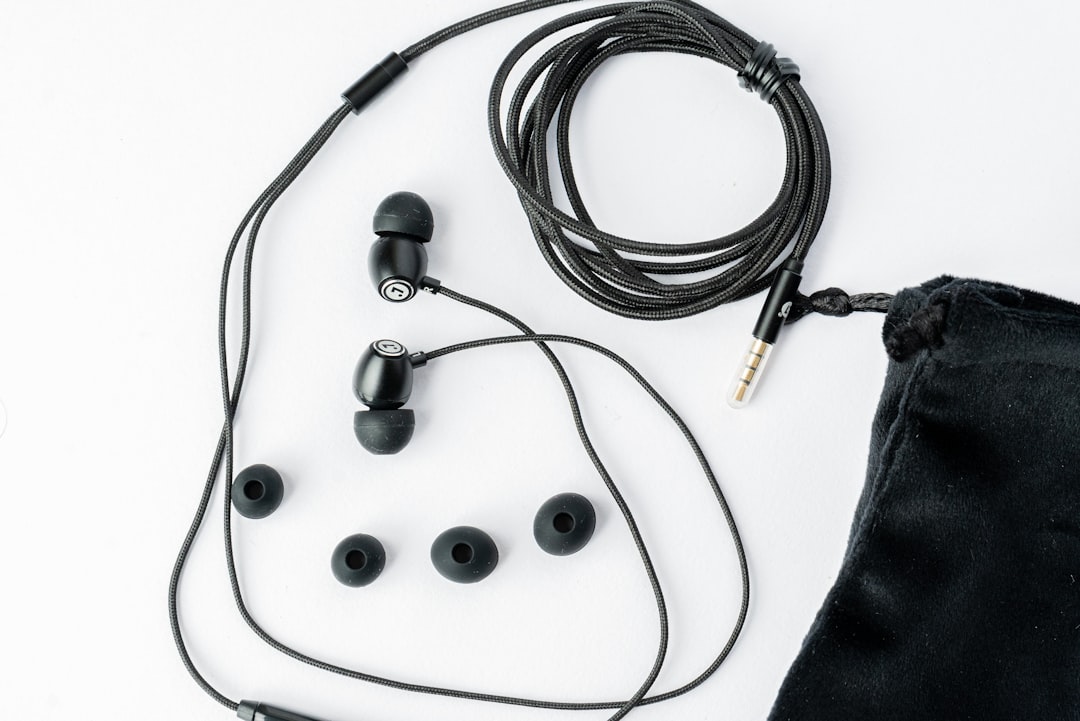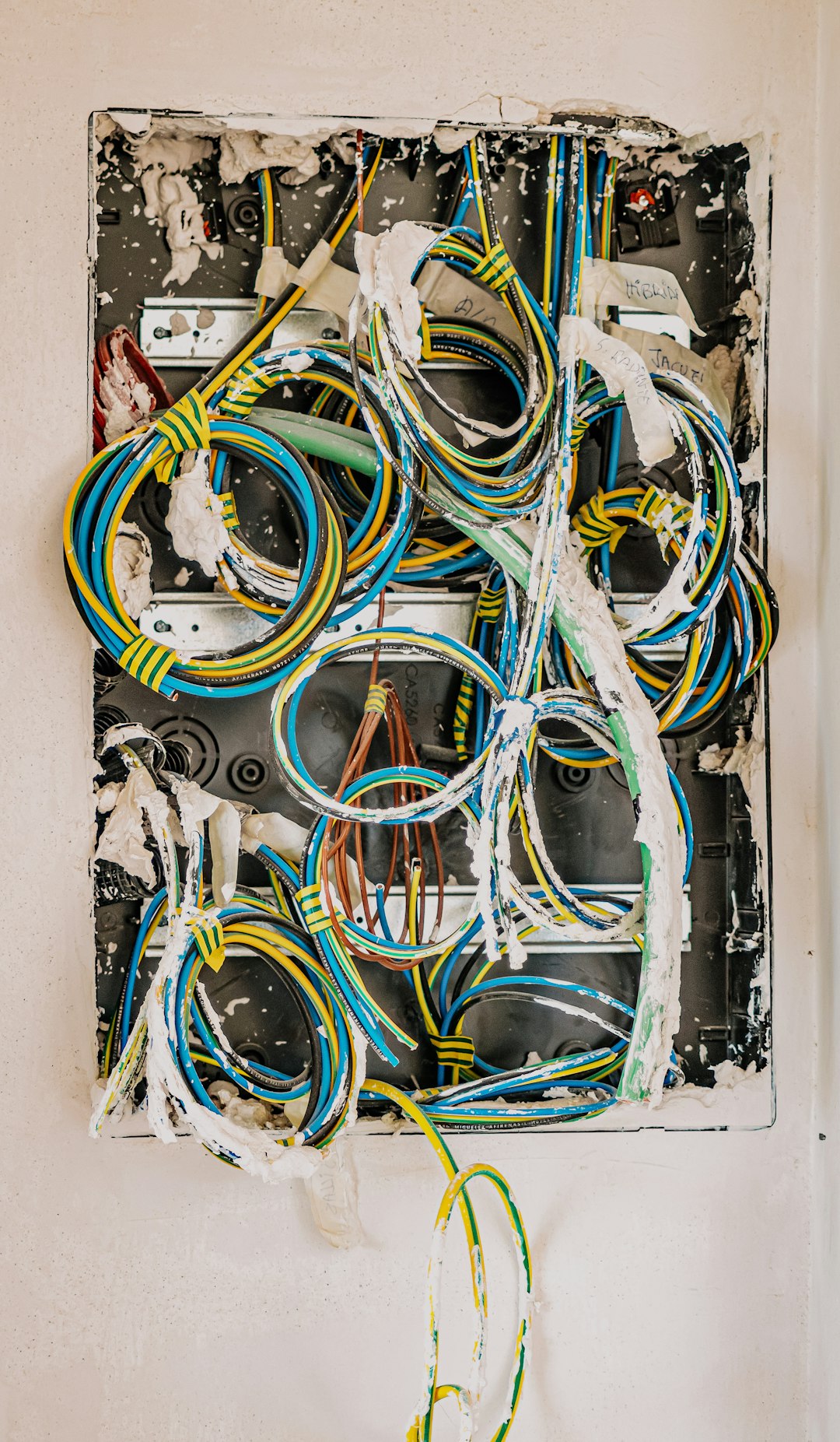How to Remove Humming Noise from Amplifier
3 min read
Finding a humming noise coming from an amplifier can be frustrating, especially in an otherwise clean audio setup. Whether it’s a high-pitched whine, a low-frequency hum, or a grounding issue, such noises can disrupt the listening experience. Identifying and removing these hums requires a systematic approach, combining technical know-how with some trial and error. This guide will walk through how to detect, diagnose, and eliminate humming noises from amplifiers.
Understanding the Source of the Hum
A humming noise in an amplifier often originates from one of three main sources: electrical interference, ground loops, or faulty equipment. To correctly resolve the problem, users must first identify whether the noise is being introduced by the power source, the amplifier itself, or by associated components in the audio chain.
Common causes of amplifier hum include:
- Ground loops
- Unshielded or cheap cables
- Faulty or dirty power supply
- Nearby electronic interference
Understanding this helps narrow down the possible corrections and ensures that solutions are implemented efficiently.
Step-by-Step Guide to Eliminate the Hum
1. Isolate the Problem
To begin, disconnect all other audio equipment from the amplifier—this includes music players, mixers, or instruments. Power on the amplifier with just the speaker connected.
If the hum persists, the issue may be within the amp’s power supply or internal circuitry. If the hum disappears, it’s likely due to external components or cabling.

2. Ground Loop Elimination
Ground loops are among the most frequent causes of hum in audio equipment. They occur when multiple devices are grounded at different points, causing a loop in grounding current. The following steps can help resolve this:
- Use a ground loop isolator: These inexpensive devices break the loop and are easy to install between devices.
- Connect all equipment to a single outlet: Ensure all gear shares the same electrical ground.
- Lift the ground temporarily: Some DI boxes include a ground lift switch to test if grounding is the issue (note: consult a technician, as lifting ground can pose safety concerns).
3. Check and Replace Cables
Low-quality or damaged cables can introduce noise into the signal chain. Replace any audio cables with shielded alternatives and ensure all connectors are tight and free of corrosion or dust.

4. Move Equipment to Prevent Interference
Electronic interference from wireless routers, mobile phones, or computer monitors can cause humming. Keep amps and cables clear from such devices. Try relocating your amplifier to a different position to test if EMI (electromagnetic interference) is causing the hum.
5. Upgrade or Repair the Amplifier
If none of the above suggestions resolves the issue, the problem may lie within the amplifier. Power filters, capacitors, or internal grounding components may be faulty or degraded.
In such cases, it is advisable to take the amplifier to a professional technician for inspection. Trying DIY repairs on internal electronics without experience can be dangerous and might worsen the problem.
Preventive Measures
- Use high-quality shielded cables.
- Avoid daisy chaining power strips for audio gear.
- Keep power and audio cables separated.
- Power gear from the same AC outlet.
Taking these precautions during the setup phase can significantly reduce the likelihood of encountering hums in the future.
FAQ
Q: What is a ground loop and why does it create a hum?
A: A ground loop occurs when two or more devices in the same system are grounded at different points, creating a closed circuit for current to flow—a loop. This introduces a 60Hz cycle (or 50Hz in some countries) into the audio signal, perceived as a hum.
Q: Can using a power conditioner help with humming issues?
A: Yes. A power conditioner can filter electrical noise and regulate voltage, which helps eliminate hums caused by dirty power or fluctuations in electricity supply.
Q: Is it safe to use a ground lift adapter?
A: While ground lift adapters can eliminate humming temporarily, they are not always safe. It’s better to eliminate ground loops through proper wiring or using isolation techniques. Ground lifts should only be used if absolutely necessary and with an understanding of the potential risks.
Q: Will balanced cables help?
A: Absolutely. Balanced XLR or TRS cables are designed to reject interference and noise over longer distances, making them ideal for professional-grade audio setups where hums can easily occur.
By applying these techniques and understanding the root causes of the amplifier humming noise, users can enjoy cleaner and clearer audio with minimal frustration.



